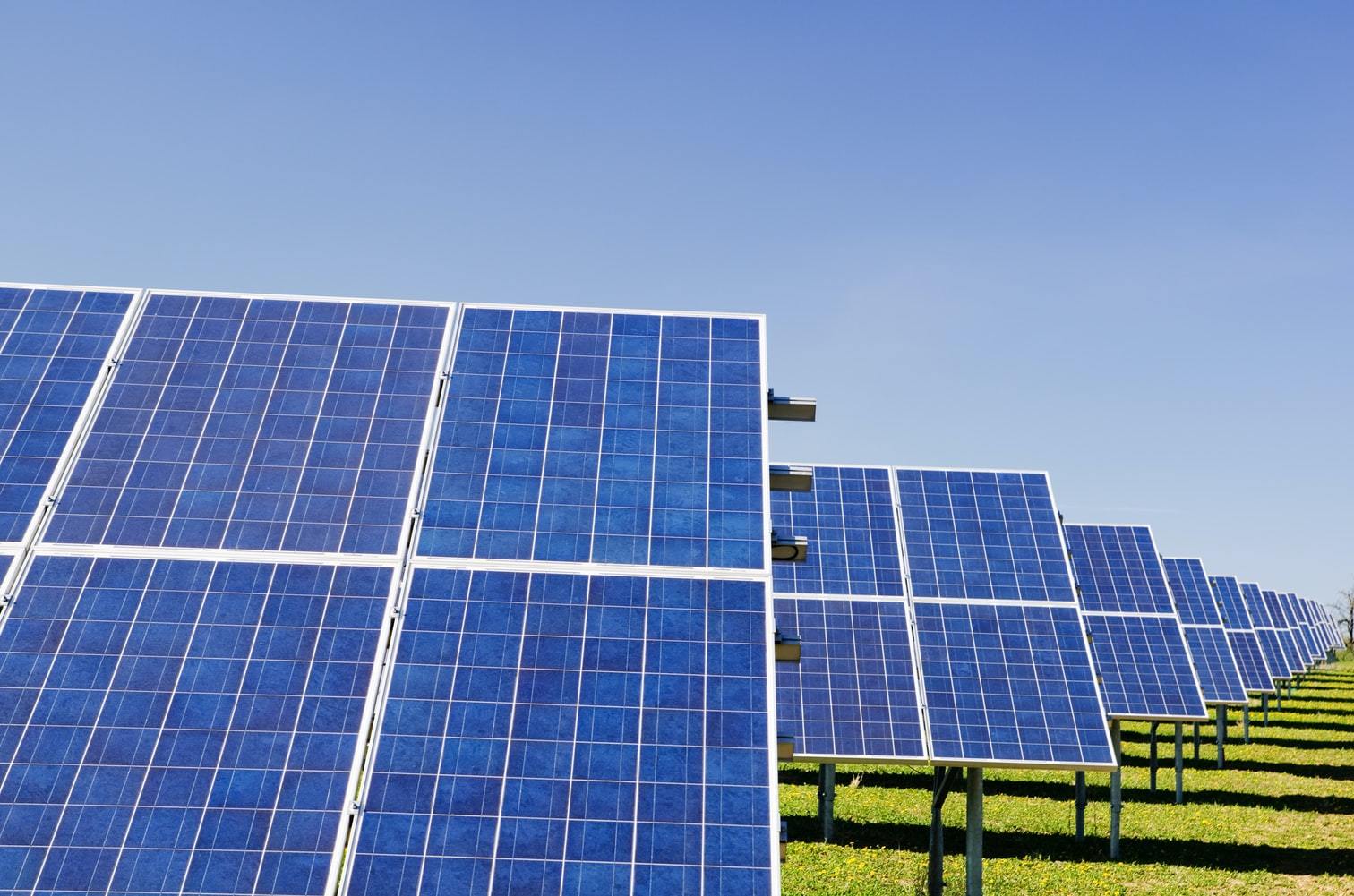
The History of Solar Energy
Solar energy is not new, having been around since ancient times. Scientists have discovered that as early as 1 million years ago, some species of birds and insects used sunlight to warm their eggs or maintain high body temperatures so they could survive colder climates. There are even fossilized leaves from plants found in Antarctica that appear to be about 30 million years old, showing photosynthesis!
But it wasn't until the 1800s when scientists began to study solar power for its potential use on Earth. One such scientist was Alexandre-Edmond Becquerel, who studied photovoltaic cells and how they produce electricity from light energy. As a result, he coined the term "photovoltaics," which refers to the study of electricity produced by photovoltaic cells.
If you are interested in learning more about solar power, this article has everything you need to know.
The Discovery
Scientists were fascinated with the idea of harnessing solar energy, and many researchers studied ways to capture sunlight for use as a power source—the first practical application of solar energy-powered navigation buoys and lighthouses in the 19th century. A lighthouse in Buffalo, New York, was among the first to use a solar energy system in 1839.
The lighthouse used a large lens that focused sunlight onto a seawater storage tank inside of the building. When the water heated up, it created steam which drove an engine and turned a series of gears connected to long arms holding the light bulbs, which were lit at night.
The History of Solar Energy
The history of solar energy is not new, having been around since ancient times. For example, it was discovered that as early as 1 million years ago, some birds and insects used sunlight to warm their eggs or maintain high body temperatures to survive colder climates.
Solar energy began to be used on a larger scale in North America when entrepreneurs such as George Westinghouse and Thomas Edison started using solar power to heat water to save money and compete with coal. By the 1920s, electricity became available across much of the country due to solar thermal energy. However, during this time, many people still.
Solar Power Today
Today, the price of solar panels has decreased dramatically. In addition, floods in China, where many solar panels are manufactured, have increased the demand for these alternative energy sources. This has made the cost of solar energy competitive with fossil fuels and the other available alternative sources such as wind and hydroelectric.
It's possible that one day, solar-powered lights could replace traditional bulbs. In the past, this was a problem for people with no access to electricity because they could not use solar-powered lights outside. But there are now options available that allow you to charge solar lamps anywhere (for example, on your phone), and they will work even when there is no sun.
Nowadays, there are options available like lumens lighting that allow you to charge these lamps anywhere (for example, on your phone), and they will work even when there is no sun. Click here for a brief history of the evolution of solar technology over time!
